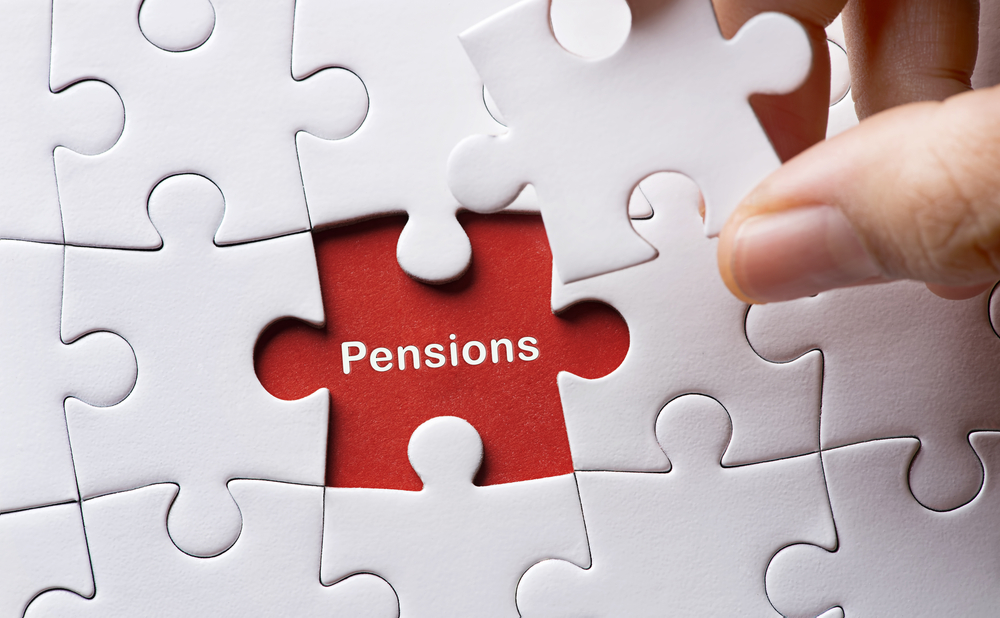News
Your end of tax year pension checklist

As the clock ticks down to the end of another tax year, here are four key tips to help your pension planning run smoothly.
Take care when ‘maximising’ your contributions
Strictly speaking, there is no limit on how much you can pay into a pension. However, there are rules limiting the tax relief you can benefit from each year, and many people choose to stay within those limits. This is what people normally mean when they talk about contributing ‘as much as possible’ as part of their tax year end planning.
The premise of tax relief is simple: when you contribute to a pension, you can keep (or claim back) the amount you would have paid in income tax on that contribution. The tax relief is also added to your pension to help boost your savings. For example, if you had £100 of income and were a basic rate tax payer, you’d pay 20% (or £20) of income tax. If you paid £80 into a pension, your provider would reclaim £20 of tax relief. Alternatively, if you pay into a workplace scheme, your employer may be able to pay the £100 directly into your pension before the £20 is ever deducted.
The first limit on tax relief is how much you earn: you can only claim tax relief on contributions up to the value of your income each year. Most of us don’t need to think about this limit very often, as we also live off our income, so it isn’t all available to pay into a pension. However, if you’re considering making a larger contribution from other sources, such as existing savings or an inheritance, it’s important to remember this rule.
The second limit is the annual allowance. If the total value of your contributions (including any made by your employer or other third parties, and all the tax relief) exceeds the annual allowance, you will face an annual allowance charge. This charge is intended to take back the tax relief on the value of contributions above the annual allowance. The annual allowance is currently £40,000, although you may also be able to ‘carry forward’ unused allowance from up to three previous tax years.
Consider contributing to someone else’s pension
Most of the money put into pensions is paid by pension holders and their employers. However, it’s also possible to contribute to other people’s pensions. These are known as ‘third party’ contributions.
Tax relief is also available on third party contributions – although it’s important to note that the limits are based on the pension holder’s earnings and annual allowance, rather than the person who paid the contribution. However, the fact that tax relief is still available makes contributing to someone else’s pension a very tax efficient way to gift money to them.
Even if you contribute to a pension for someone with no income at all, such as a young child or grandchild, there is still some tax relief available. You can contribute up to £2,880 and claim £720 in tax relief each year.
Check income amounts
If you’re already taking benefits from your pension, the end of a tax year might be a good time to check that the amount you’re withdrawing still meets your needs. This will depend on the type of pension you’re receiving: if you’ve purchased an annuity or are taking income from a ‘defined benefit’ pension (sometimes known as ‘final salary’ or ‘career average’ schemes), you can’t normally adjust your income. However, if you’re taking money directly out of a ‘defined contribution’ pension, you should be able to start, stop, and amend your payments as your needs change.
If you’ve found that you’re withdrawing more than you actually need, you might be losing out on the tax advantages of the pension wrapper unnecessarily. Consider what you’re currently doing with the excess funds – if you conclude that they’d be better off remaining in your pension until needed, you should be able to contact your provider and amend your income payments accordingly.
Check provider deadlines
Even the most thorough tax year end planning could fall apart if your provider can’t meet your request, so it’s important to find out what deadlines are involved. It might be possible to make last-minute contributions close to the end of the tax year; other processes, like setting up income requests, might take more time – particularly if you might need to disinvest assets to make the payment(s). Each provider will have different processes and timescales, so it’s well worth checking in advance to make sure everything goes to plan.
The last few weeks of a tax year can be hectic, but with a little planning it can be a great opportunity to refresh your pension planning and keep everything on track.
Jessica List is pension technical manager at Curtis Banks